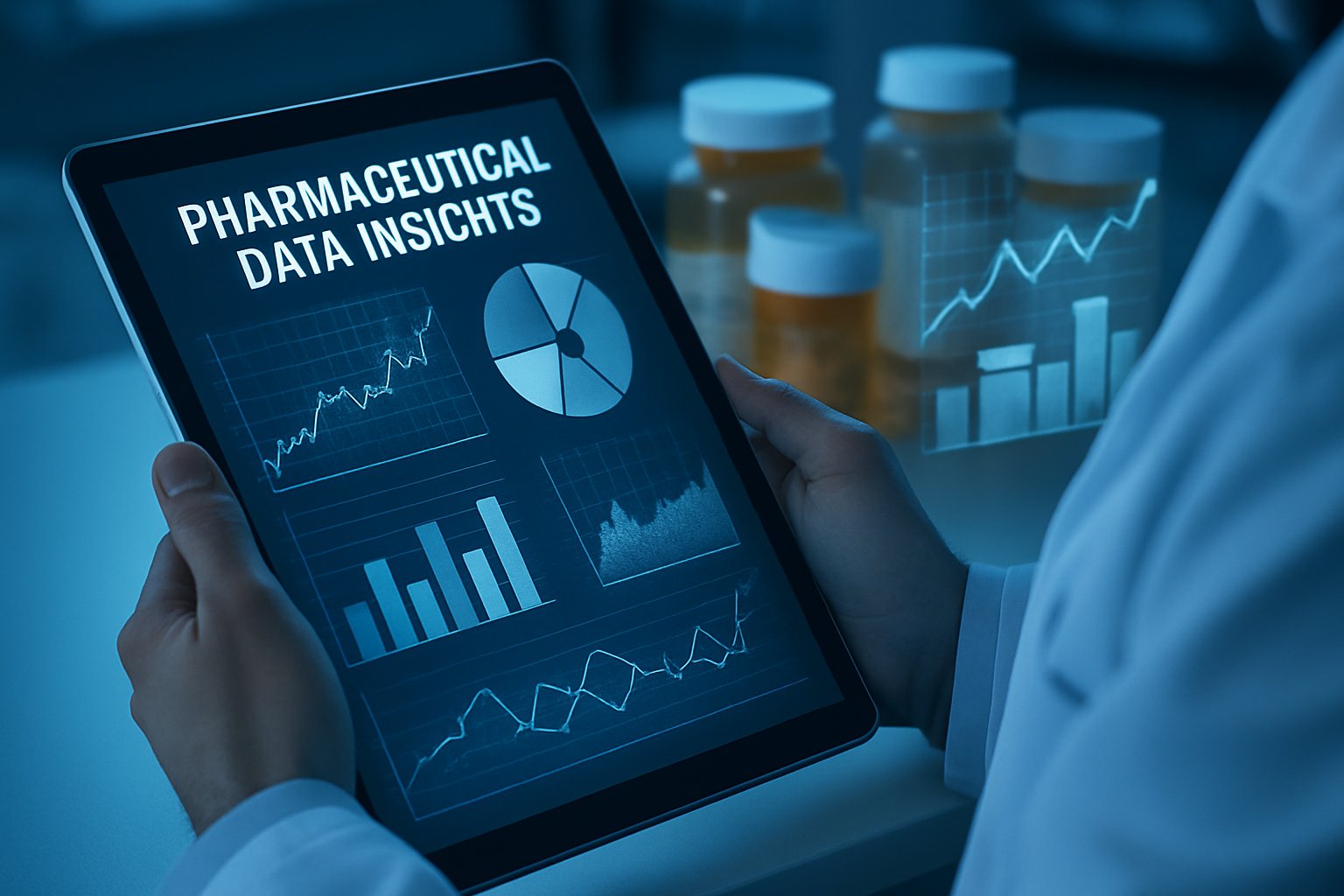
AI CERTS
5 hours ago
Pharmaceutical AI slashes production costs by 31%
In this article, we examine how algorithms really reshape large-scale production economics. Additionally, we highlight hard numbers, expert quotes, strategic hurdles, and emerging best practices. Readers will leave with a realistic framework for assessing opportunities and pitfalls in AI-enabled factories. Finally, we mention certifications that strengthen talent pipelines for data-driven operations.
AI Reshapes Plant Economics
Pharma plants remain capital intensive, and every percentage of yield matters. However, Pharmaceutical AI offers a new lever by turning raw sensor streams into predictive insights. Meanwhile, digital twins simulate bioreactors, while Model Predictive Control adjusts feeds in near real time. Consequently, yield improves and scrap falls, lowering cost of goods without extra stainless steel. In contrast, traditional batch adjustments rely on lagging lab assays that miss transient deviations. Additionally, real-time recommendations shorten troubleshooting cycles and protect batch integrity. Therefore, supervisors can release capacity for high-value science instead of firefighting alarms. These mechanisms reduce material waste and downtime. Next, the exact economic levers become clearer.

Key Cost Reduction Drivers
Cost improvements flow through several repeatable drivers. Firstly, predictive maintenance minimizes unplanned stoppages that ripple across multiproduct schedules. Secondly, advanced scheduling engines raise asset utilization by optimizing changeover sequences. Thirdly, generative assistants streamline batch records and compliance documentation. Moreover, computer vision quality inspection boosts labor productivity by automating tedious visual checks. Process Optimization thus becomes continuous, not periodic, across every line. Pharmaceutical AI accomplishes these gains without massive capital expenditure.
- Yield uplift: 15% at a global sterile site (McKinsey, 2025)
- Throughput gain: 30-60% downstream at a North American CMO
- Upstream throughput: 29% at a midsize European plant
- Labor saving: 31% on visual inspection in vendor pilot
- Potential savings: $30-40 billion annually if scaled
Additionally, these drivers address core Drug Manufacturing pain points, including biologic complexity and supply uncertainty. Collectively, the levers target material, labor, and capacity costs. However, validation comes from real pilots, not theoretical models. Therefore, the next section explores field data.
Pilot Results Validate Promise
Multiple pilots now provide audited evidence supporting Pharmaceutical AI payoffs. McKinsey documented a 15% yield jump at a sterile facility after deploying real-time control. Furthermore, the same study cited 30-60% downstream throughput gains at a contract manufacturer. RSC reviewers echoed these figures, noting 10-25% laboratory cost cuts from automation. Nevertheless, the headline 31% number usually describes a single metric, not whole-plant economics. Journalists should therefore question baseline definitions, measurement periods, and audit rigor. Process Optimization metrics must link directly to cost of goods, not marketing estimates. In contrast, broad market CAGR statistics are sometimes misreported as cost savings. Verified pilots confirm double-digit benefits, yet careful scrutiny remains essential. Consequently, attention shifts to hurdles that slow scaling.
Scaling Challenges And Risks
Early success does not guarantee enterprise rollout. Data silos, legacy sensors, and fragmented MES platforms hinder model reliability. Moreover, GMP regulators demand transparent, validated algorithms before approving closed-loop control. Explainability remains difficult because many models use complex neural architectures. Cyber-security threats also increase when plants network critical controllers to cloud analytics. Meanwhile, workforce resistance emerges if operators fear automation will displace craftsmanship. Uneven ROI appears when companies ignore change management, retraining, and process redesign. Nevertheless, Pharmaceutical AI faces strict validation before regulators allow autonomous adjustments. These obstacles can stall momentum. Nevertheless, structured roadmaps help overcome barriers.
Strategic Roadmap For Adoption
Successful Pharmaceutical AI programs start with economic framing. Leadership must begin with a clear business case tied to measurable KPIs. Subsequently, cross-functional teams should map data flows from sensor to dashboard. Standardized data layers shorten deployment and simplify validation tasks. Furthermore, choosing use cases with rapid payback, like predictive maintenance, builds internal confidence. Companies should also invest in upskilling programs for operators, engineers, and data scientists. Drug Manufacturing teams should co-own the backlog with data professionals. Professionals can boost expertise through the AI Researcher™ certification. Additionally, partnerships with cloud providers or system integrators accelerate technical delivery.
- Define economic targets and baselines
- Audit data infrastructure gaps
- Pilot high-value use cases
- Validate results with auditors
- Scale with governance frameworks
Following a disciplined roadmap de-risks investment. Next, we consider the longer-term industry outlook.
Future Outlook And Impact
Analysts forecast steady adoption as proof points accumulate. Meanwhile, global capacity constraints in biologics intensify the hunt for throughput gains. Pharmaceutical AI could unlock $30-40 billion annually if top-quartile practices propagate. Moreover, digital twin platforms are projected to grow at a 31% CAGR this decade. Drug Manufacturing leaders like Lilly, Novartis, and Pfizer are building dedicated AI supercomputers. Pharmaceutical AI stands central to these investments. In contrast, laggards may face higher per-dose costs and slower regulatory submissions. Process Optimization will remain a board-level priority as advanced therapies arrive. Industry momentum appears irreversible, though disciplined governance will decide winners. Therefore, executives should act soon yet remain prudent.
Consequently, the sector stands at an inflection point. Pharmaceutical AI now offers practical, verifiable levers for yield, throughput, and quality. Process Optimization technologies mature quickly, moving from isolated pilots to integrated platforms. Drug Manufacturing organizations that invest early will capture material cost and speed advantages. Nevertheless, success demands rigorous validation, transparent governance, and sustained workforce development. Moreover, partnerships and continuous learning will differentiate leaders from followers. Professionals seeking an edge should explore the linked AI Researcher™ certification for structured skill growth. Act now to transform operations and secure competitive resilience.



